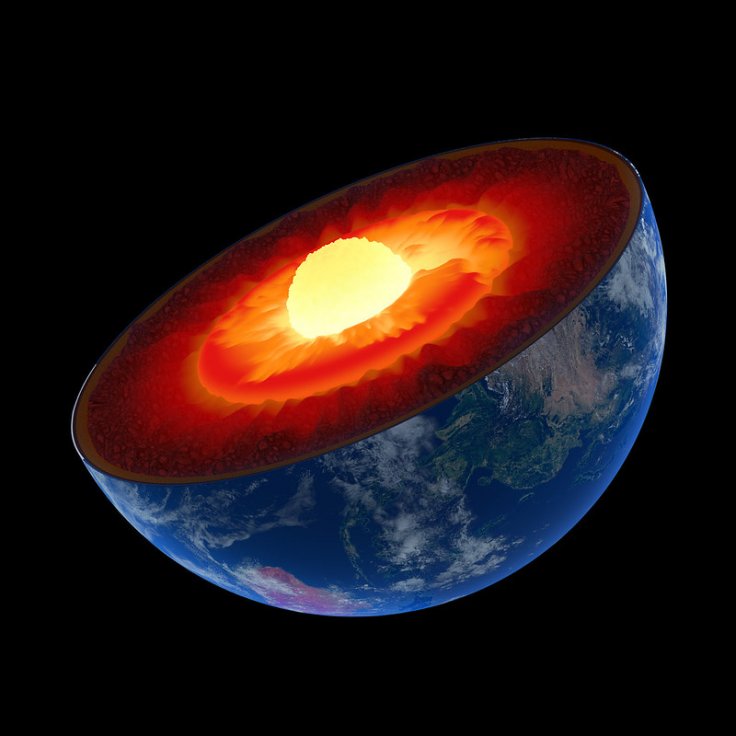Earth's inner core, which is a hot iron ball about the size of Pluto, has stopped spinning in the same direction as the rest of the planet. A research says the "planet within the planet" may be spinning away in the opposite direction.
And it can do so because it floats in the liquid metal outer core. Previous research established that the planet's inner core is separated from the rest of the Earth by a liquid outer core, the magnetic field of which affects the inner layer's rotation along with the gravitational effects of the mantle.
The study, published in Nature Geoscience, says the study could clarify how processes deep inside the planet affect its surface, including the length of a day.

Changes Direction Every 35 Years
Scientists highlighted that it had previously been inferred based on changes in the travel time between repeated seismic waves that should traverse the same path through the inner core. But the speed of the inner core's rotation and whether it varies is unclear.
Xiaodong Song and Yi Yang, the study's authors from Peking University, found that the inner core's rotation came to near halt around 2009 and then turned in an opposite direction. "We believe the inner core rotates, relative to the Earth's surface, back and forth, like a swing. One cycle of the swing is about seven decades – meaning that it changes direction roughly every 35 years."
The researchers pointed out that it previously changed direction in the early 1970s. They predict the next about-face would be in the mid-2040s. The study outlined that this rotation roughly lines up with changes in the length of day – small variations in the exact time it takes Earth to rotate on its axis.
Mysteries About the Center of Earth Remain
Scientists have found nothing to indicate the effect of the inner core's rotation on surface dwellers. But they believe there were physical links between all Earth's layers, from the inner core to the surface. The researchers hope their study can motivate scientists to build and test models which treat the whole Earth as a integrated dynamic system.

However, experts not involved in the study have sounded caution. They highlighted several other theories and warning that there are many mysteries about the center of the Earth. John Vidale, a seismologist at the University of Southern California, described the latest research findings as a careful study. But he said none of the models explain all the data very well. Vidale's published study (2022), based on seismic waves from two nuclear explosions in the late 1960s and early 1970s, highlighted that the inner core oscillates far more quickly, changing direction every six years or so.
The seismologist said the inner core only moved significantly between 2001 to 2013, and has stayed put since. A geophysicist from the Australian National University, Hrvoje Tkalcic believes the inner core's cycle is every 20 to 30 years, and not as proposed in the latest study 70 years. He explained that the mathematical models are most likely all incorrect because they highlight the observed data. "The geophysical community will be divided about this finding and the topic will remain controversial."









